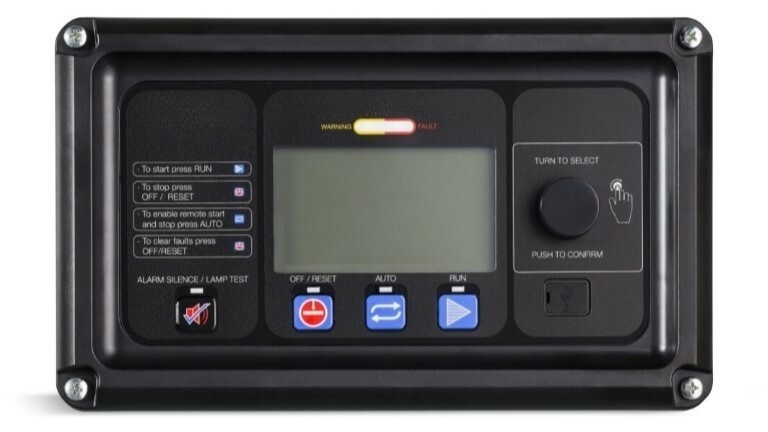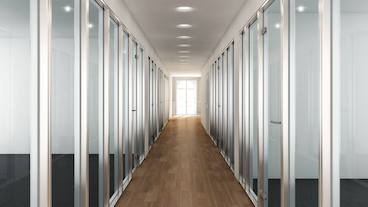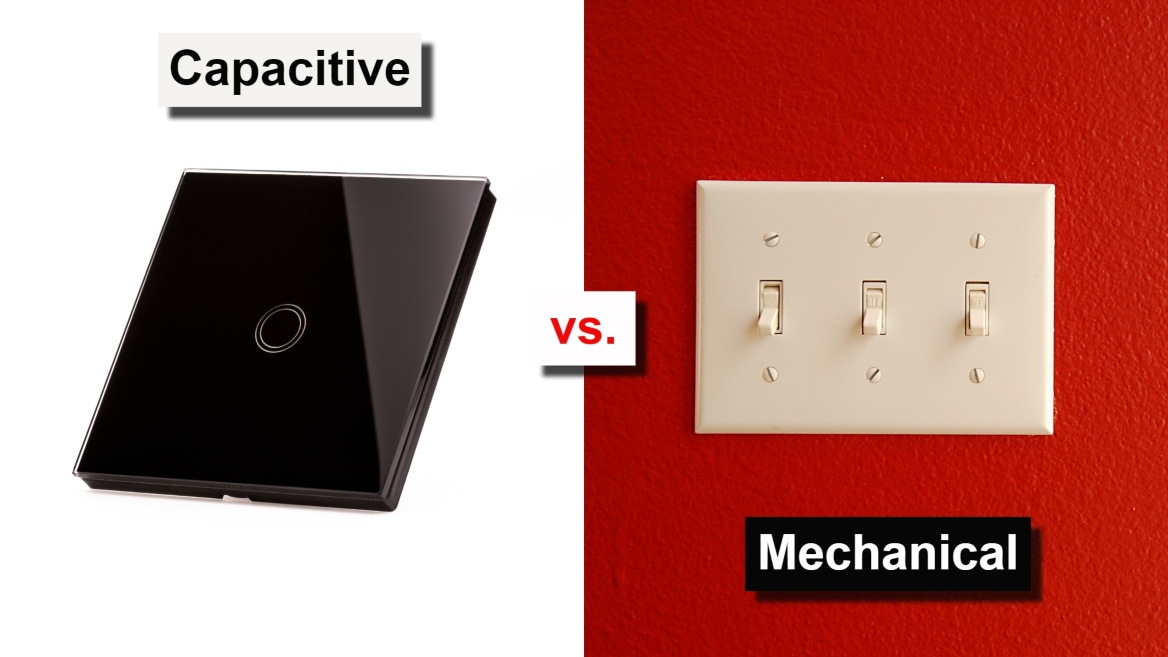Resistive touch screen manufacturer
Unleash the power of precision with resistive touch.
Nelson Miller Group crafts superior switches and screens for seamless user interactions.
What’s a resistive touch screen?
Resistive touch screens are known for their accuracy and durability. They can register touch input from various sources, including fingers, styluses, and even gloves. However, they require direct physical pressure to work –not just a light touch. NMG and its partners have years of expertise as a resistive touch screen manufacturer.
Please note: The above illustration shows the construction of a resistive touch screen but doesn’t represent an accurately proportional view of each layer’s thickness.
A resistive touch screen is a touch input technology that relies on the principles of electrical resistance to detect and locate touch events. It consists of several key components:
- Two transparent layers. The core of a resistive touch screen is composed of two transparent, electrically conductive layers. These layers are typically made of a thin, flexible material and are separated by a small gap. One layer serves as the top surface, while the other acts as the bottom surface.
- Electrically conductive coating. Each of these layers is coated with a special electrically conductive material, often made of indium tin oxide (ITO). ITO is transparent, allowing the layers to be see-through.
- Separation spacers. Tiny insulating dots or spacers maintain a small, constant gap between the two layers, ensuring that they don't touch when the screen is idle. In that space layer there is either air or an inert gas.
How does a resistive touch screen work?
- When users apply pressure by touching the screen with their finger or a stylus, the top conductive layer is pushed down to make contact with the bottom conductive layer.
- This physical contact between the layers causes a change in electrical resistance at the point of touch. The resistance decreases, allowing an electrical current to flow through the touched area.
- The touch screen controller, often integrated into the display or connected to it, detects this change in resistance. By measuring the electrical properties of the touch screen at multiple points, the controller can accurately determine the exact location of the touch event.
- The controller then converts this touch location data into digital coordinates, which can be used to interact with the device or interface. It sends these coordinates to the device's software, which, in turn, interprets the touch and responds accordingly.
The most typical configuration of a resistive touch screen is to have an upper layer made of flexible material and a bottom layer of glass. If you think of resistive touch screens as sandwiches, there is room to set up the layers differently and add layers.
What’s the difference between 4-wire and 5-wire analog touch screens? What about an 8-wire configuration?
4-wire vs. 5-wire is a matter of configuration on how the screens are manufactured and function. The main difference is that the 5-wire touch screen has an extra layer to detect touch coordinates. In both configurations, when pressure is applied to the screen, the top resistive layer makes contact with the bottom resistive layer. However:
- In the 4-wire configuration, the controller measures the resistance at two corners of the screen, effectively dividing the screen into two parts. By analyzing the ratio of the resistance values, the controller can calculate the touch coordinates.
- In the 5-wire configuration, there’s an additional conductive layer on the bottom responsible for detecting touch coordinates. The controller applies a voltage across this bottom layer and measures the changes in current as the top layer makes contact. By comparing these current values, the controller accurately calculates the touch location.

4-wire construction

5-wire construction
Multiple-layer options for resistive touch screens
When evaluating these two configurations, you'll have to consider cost (4-wire is easier to build and costs less), accuracy needed when calculating the touch location (5-wire is more precise), and durability requirements (5-wire is more durable and resistant to wear and tear because there is no need for transparent conductive coatings on the top surface). In terms of accuracy and longevity, a 5-wire screen’s accuracy won’t degrade if there is any damage on the top layer, since 5-wire screens measure input from the bottom panel only, not in tandem with the top panel. This makes them more durable, and they generally can endure more actuations than other resistive options.
A few words about the 8-wire touch screen: They’re designed in a similar way as 4-wire touch screens, except 8-wire devices feature two extra traces splitting each axis. The extra traces can detect the precise location of touch commands more precisely and are gaining popularity for their superior accuracy.

Film-glass

Film-film

Glass film-glass
What’s the difference between all these structures? Cost is the major differentiator as film/film configuration is usually the least expensive configuration. Glass tends to be more resistant to scratches and high temperatures and is easier to clean. However, glass can break, potentially causing injury, and is harder to work with on intricate shapes or curved surfaces.
Resistive touch screens additionally have numerous options for surface coatings and films:
- Anti-glare, anti-reflective, anti-smudge, anti-microbial
- Hard coating layers
- Dielectric layers
- Polyester or polycarbonate overlays
- Polarizer films
- Privacy films
- EMI shielding

Other variations of resistive touch screens
Matrix-style resistive touch screens are manufactured in a unique configuration that involves striped electrodes on two layers of substrate material. In comparison, analog-style resistive touch screens feature transparent electrodes that don’t always face each other. So, is one better than the other? Analog resistive technologies are dominant in resistive technology, and digital matrix resistive technology is seldom seen in the market.
Standard resistive touch screens are a single-touch operation. However, the basic controller can be replaced by a more advanced controller: the two-touch resistive controller.
When to opt for a resistive touch screen
Because resistive touch screens require pressure (usually from a finger or stylus):
- They have better noise immunity (less likely to be activated by the frequency of a very loud noise).
- They work with non-conductive material regardless of the type of gloves or stylus the operator wears and uses.
- They reduce erroneous commands because they don’t register light touch.
- They are more cost-effective than other popular options, such as capacitive screens.
Ready to start a project today?
Case studies
See real-world examples of how NMG has helped customers across the full spectrum of the supply chain, from design to delivery.
Read our blog!
Access industry updates, helpful how-tos, engaging infographics, and other resources for engineers and supply chain professionals on the NMG Blog.
Get in touch!
We can’t wait to create winning solutions with you.
For general inquiries, please fill out this form and our team will be in touch shortly.








